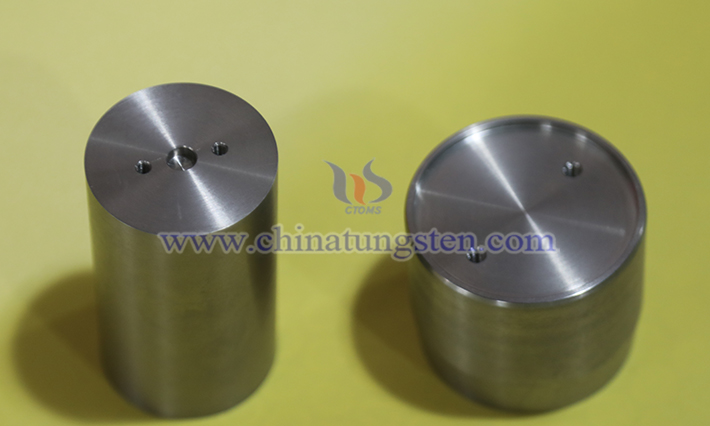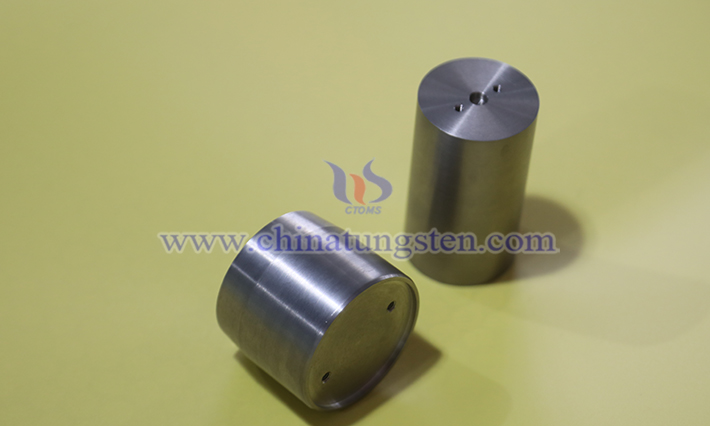Application of Tungsten Alloy Shielding Components in CT Machines
- Details
- Category: Tungsten Information
- Published on Thursday, 07 August 2025 11:47
During the operation of a CT machine (short for Computerized Tomography X-ray Scanner), the precise projection of X-rays and radiation protection are core technical requirements, with tungsten alloy shielding components playing a pivotal role in achieving this balance due to their excellent performance. The CT machine generates images through X-ray beam tomography of the human body; inadequate radiation shielding not only threatens the health of medical personnel and patients but may also interfere with the normal operation of the equipment's precision components, making the performance of shielding components critical to equipment safety and imaging quality.

The application of tungsten alloy shielding components in CT machines is primarily reflected in the following areas: Firstly, in the X-ray tube assembly, which serves as the radiation source encapsulation structure, the tungsten alloy shielding layer controls leakage radiation within safe limits. Its high density (16.5-18.75 g/cm³) forms an efficient barrier within limited space. Secondly, in detector ring protection, particularly in multi-slice spiral CT, the detector array requires shielding from scattered ray interference. The ring-shaped shielding cover made of tungsten alloy filters stray rays, enhancing the signal-to-noise ratio of images, with notable effects in low-dose scanning modes. Additionally, tungsten alloy shielding components may be applied to key parts of the gantry and examination table, such as gaps in the gantry's rotating axis, to prevent ray leakage from equipment seams.
Compared to traditional shielding materials like lead, tungsten alloys offer distinct advantages. Firstly, in terms of environmental friendliness, tungsten alloys are lead-free and non-toxic, avoiding environmental pollution during production and disposal of lead shielding components, aligning with the green development trend in medical equipment. Secondly, in mechanical stability, tungsten alloys resist deformation or oxidation in the high-temperature environment of continuous CT machine operation, resulting in a longer service life. Thirdly, in design flexibility, they can be precisely machined into complex, irregularly shaped structures to adapt to the compact spatial layouts of different CT machine models.

As CT technology advances toward low-dose and high-resolution directions, the performance requirements for shielding components continue to rise. Through optimized composition (e.g., adding elements like nickel or iron to adjust density and toughness) and processing techniques, tungsten alloy shielding components are progressively meeting the stringent demands of high-end CT equipment, establishing themselves as a crucial material for ensuring medical radiation safety.
- Chinatungsten Online: www.tungsten-alloy.com
- CTIA GROUP LTD: en.ctia.group
- Tungsten News & Price: www.ctia.com.cn
- Molybdenum News & Price: news.molybdenum.com.cn
- Tel.: 86 592 5129696; Email: sales@chinatungsten.com



 sales@chinatungsten.com
sales@chinatungsten.com